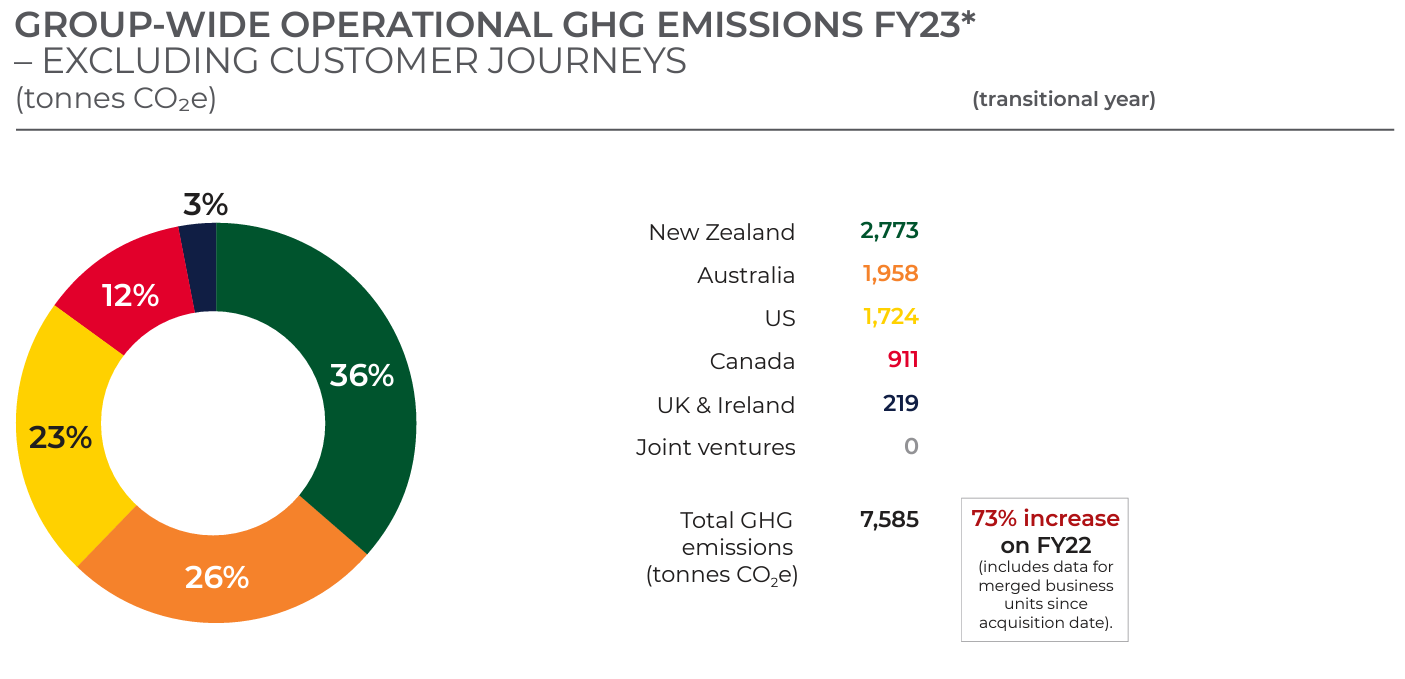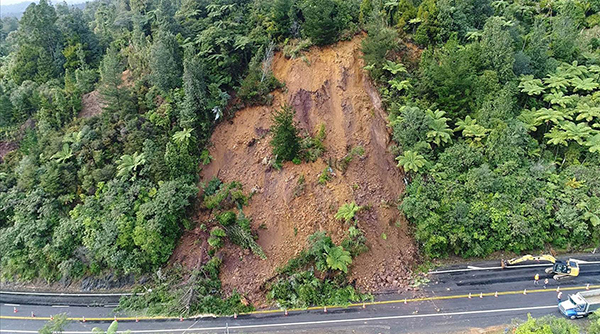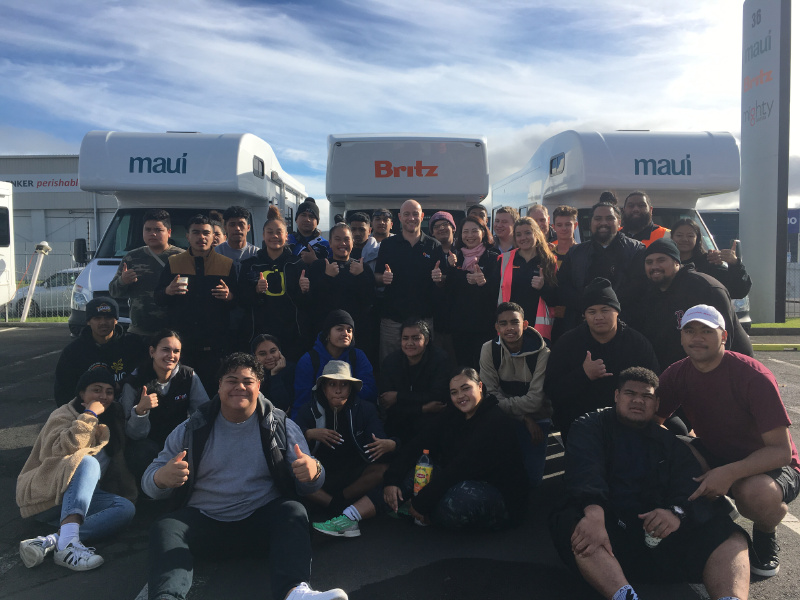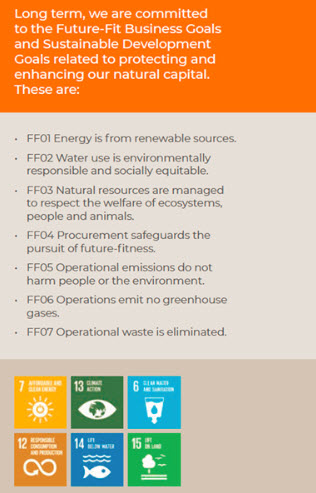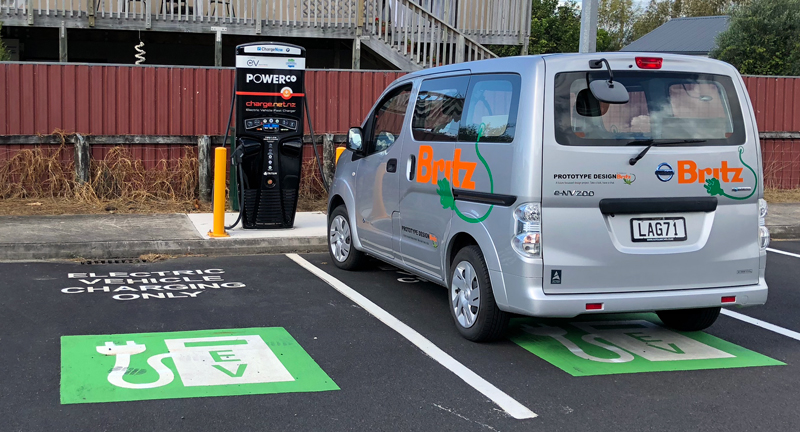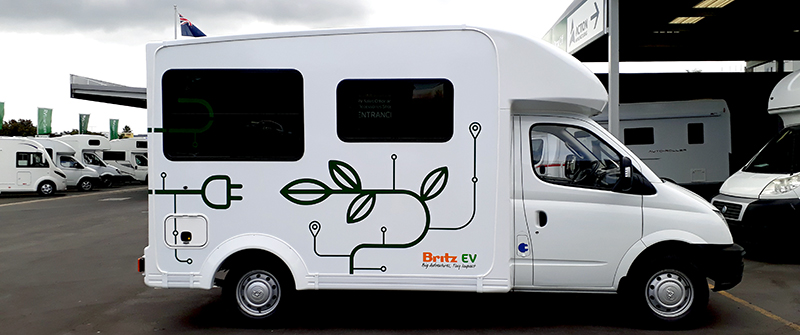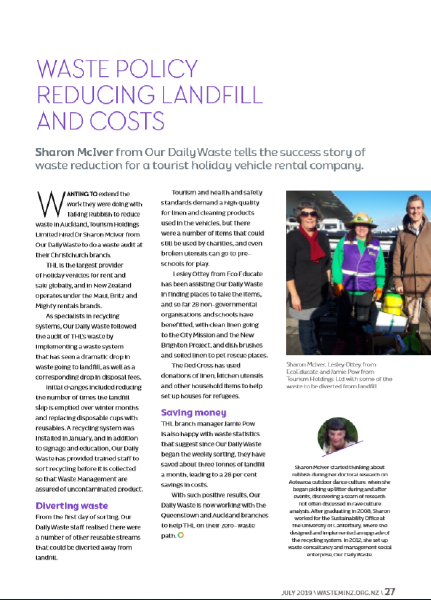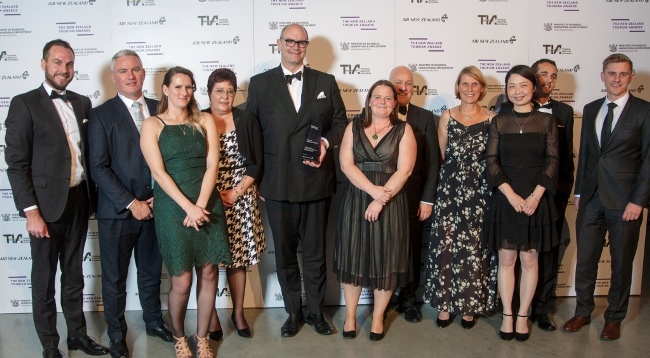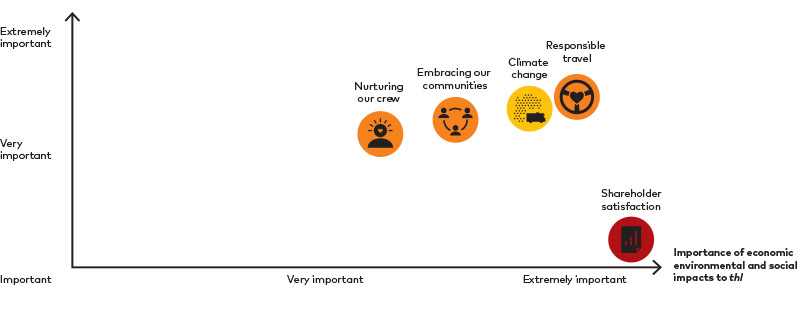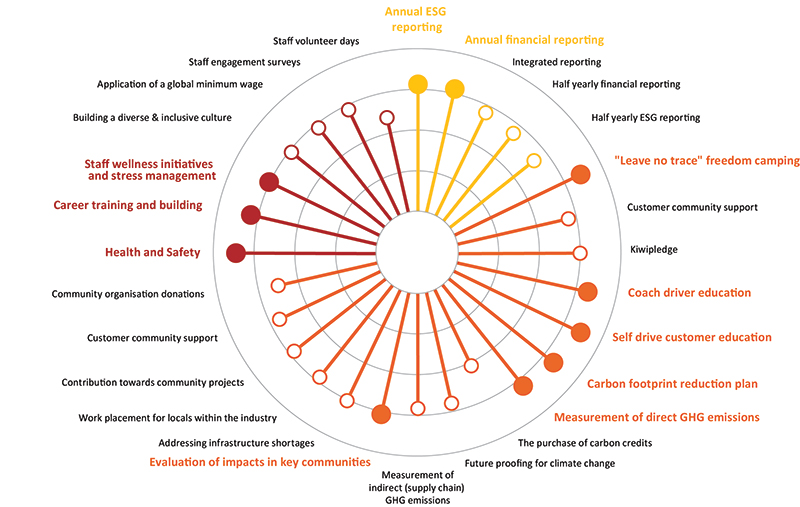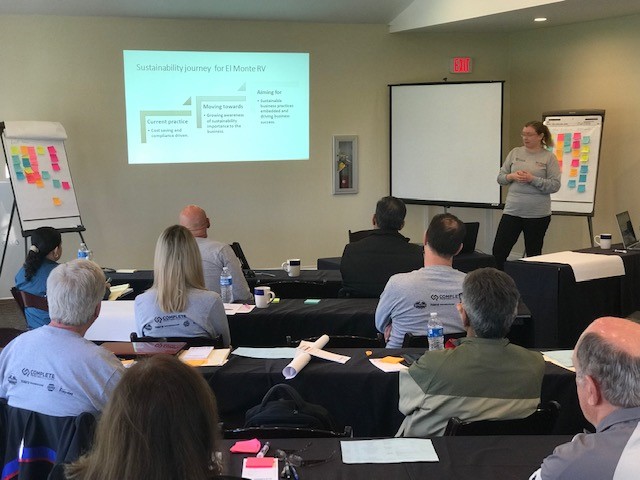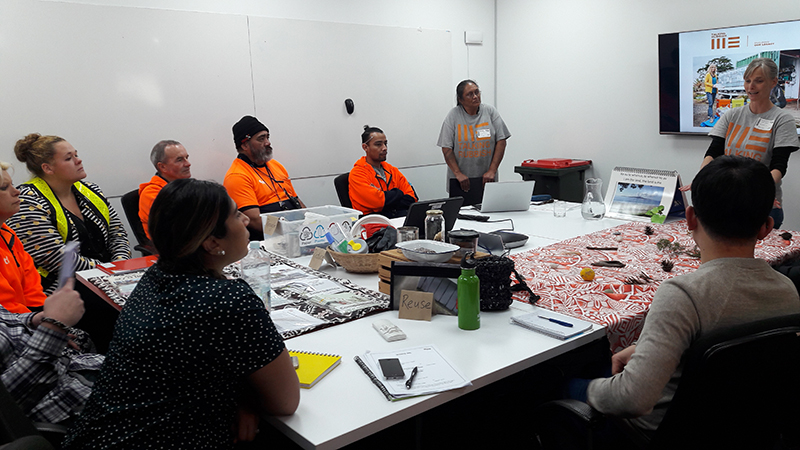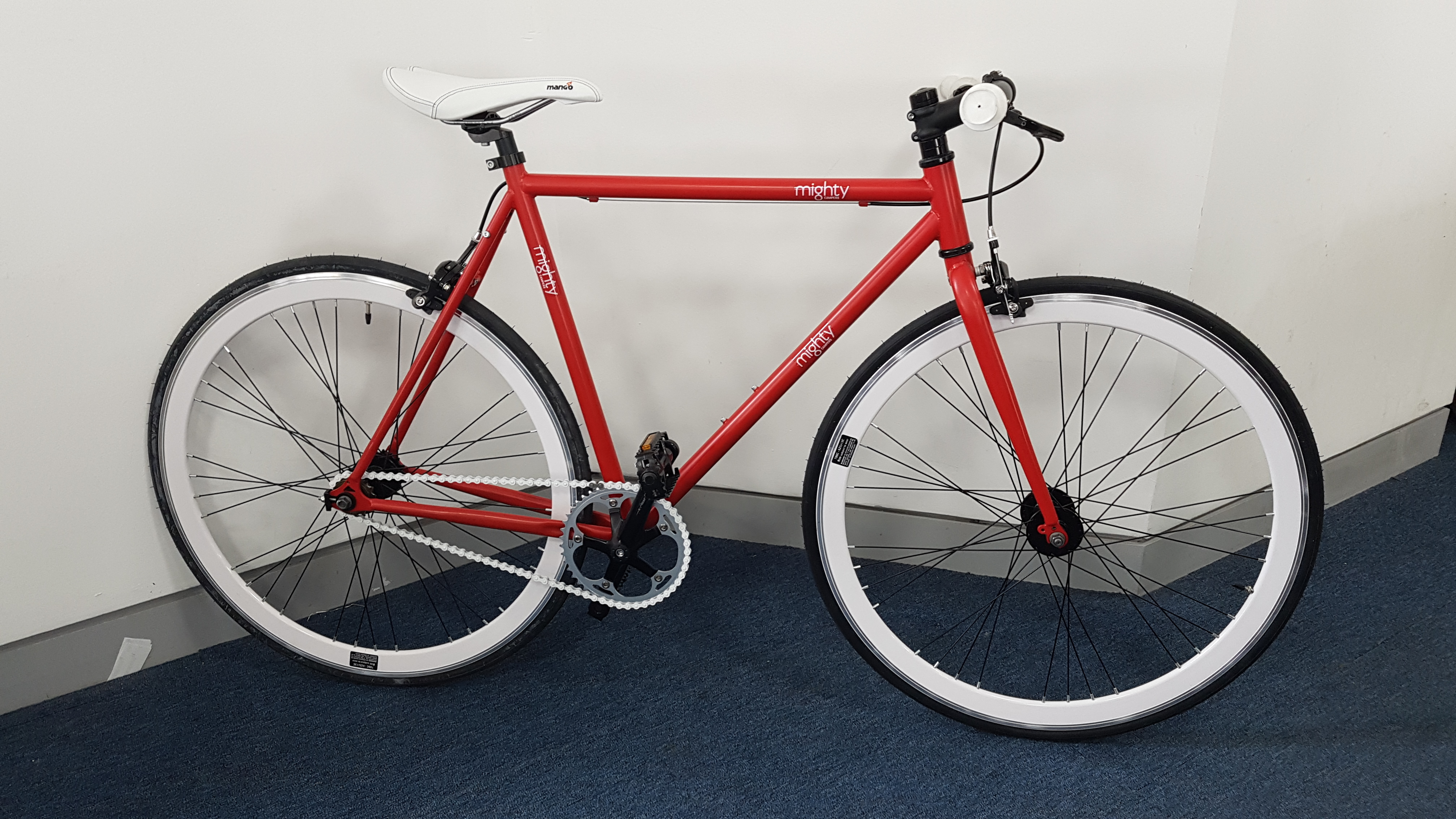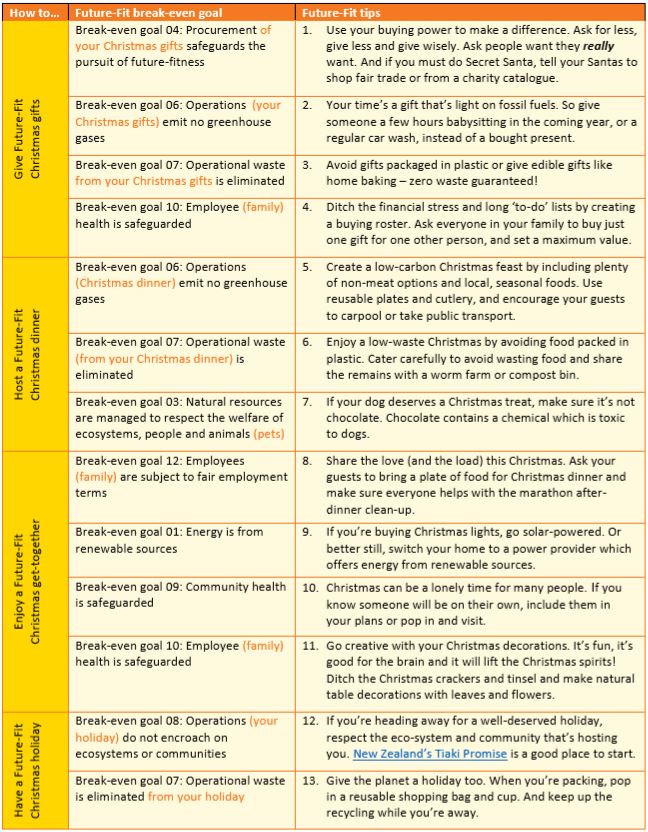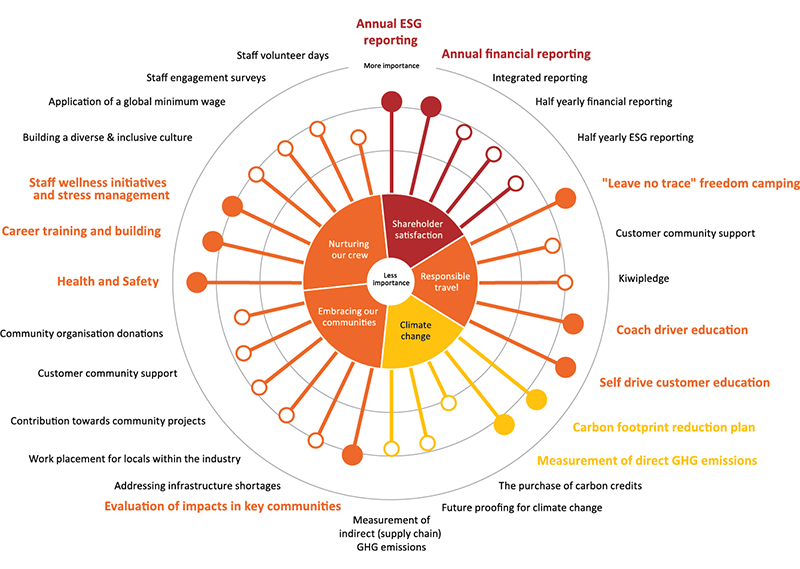Climate Disclosures: Governance
Aotearoa New Zealand Climate Standard 1
Disclosures 7-9
Disclosure objective: To enable users to understand both the role thl's governance body plays in overseeing climate-related risks and climate-related opportunities, and the role management plays in assessing and managing those climate-related risks and opportunities.
| NZ CS 1 | Disclosure Requirement | Disclosure Response |
| 7(a) | the identity of the governance body responsible for oversight of climate-related risks and opportunities |
The thl Board oversees and is ultimately responsible for group-wide risks, including those relating to climate change. The Audit & Risk Committee (ARC) and Health, Safety and Sustainability Committee (HSSC) also have oversight of climate-related risks and opportunities (CR&O). Refer to the organisational structure below of thl’s committees and groups involved in climate-related risks and opportunities (CR&Os) across our levels of business including governance. |
| 7(b) | a description of the governance body’s oversight of climate-related risks and opportunities (see paragraph 8); and | |
| 7(c) | a description of management’s role in assessing and managing climate-related risks and opportunities (see paragraph 9) | The identification and management of CR&Os is integrated throughout all levels of our business. Our operational-level Regional Risk Networks (RRN – previously Risk Champions Networks) report up to the Executive-level Risk & Improvement Committee (RIC) reports up to the ARC, which in turn makes recommendations to the Board. These committees are responsible for implementing thl’s Enterprise Risk Management (ERM) framework across our business and escalating key risks up to ARC as required. |
| Governance | ||
| 8(a) | the processes and frequency by which the governance body is informed about climate-related risks and opportunities; | Climate-related risks are standing strategic and operational agenda items that arereported to the ARC and RIC on a bi-monthly / quarterly basis. Members of our Board regularly consider the integration of climate and sustainability into strategic decision-making through ARC meetings. |
| 8(b) | how the governance body ensures that the appropriate skills and competencies are available to provide oversight of climate-related risks and opportunities; | The thl Board has not completed formal training in climate-related matters but members of our Board regularly consider the integration of climate and sustainability into strategic decision-making through meetings with thl’s Chief Responsibility Officer. |
| 8(c) | how the governance body considers climate-related risks and opportunities when developing and overseeing implementation of the entity’s strategy; and |
The ARC and HSSC consider CR&O when developing and overseeing the implementation of business strategy. Each thl business unit develops business plans that must include elements of our 23 science-based future-fit goals. Our priority goal is ’Products emit no greenhouse gases’ (GHG), which presents the significant challenge to rapidly decarbonise our fleet. For example, our highest priority future-fit goal is centred around the challenge to decarbonise our fleet. Our subsidiary, Action Manufacturing, leads our future fleet strategy and is developing new EV campervans for the New Zealand market. The thl Board has approved ongoing capital expenditure to trial EV and other low carbon vehicle technologies. |
| 8(d) | how the governance body sets, monitors progress against, and oversees achievement of metrics and targets for managing climate-related risks and opportunities, including whether and if so how, related performance metrics are incorporated into remuneration policies (see also paragraph 22(h)) | The ARC selects and reviews metrics and targets at quarterly meetings. The ARC and HSSC have oversight over the Future-Fit Business Benchmark qualitative metrics including an annual Health Check across all 23 science-based, future-fit goals. ARC meetings focus on priority goals for thl which include procurement, product harm and product GHG emissions (the latter being thl’s most material climate-related risk).
The ARC has committed to setting and verifying science-aligned emissions reduction targets. The current carbon reduction target is to reduce emissions by 50.4% by 2032 from an FY20 baseline. The target will be updated in FY24 once our baseline is restated as a merged business. The methodology for identification and assessment of quantitative metrics will be progressed in FY24 to prepare for mandatory FY24 reporting and full financial disclosures in FY25. Key performance metrics are not yet incorporated into our remuneration policies – the status of this will be reviewed in FY24. |
| Management | ||
| 9(a) | how climate-related responsibilities are assigned to management-level positions or committees, and the process and frequency by which management-level positions or committees engage with the governance body; |
Our Chief Responsibility Officer and Responsible Management team undertake climate and carbon reporting associated with thl’s CR&Os. Our Responsible Management team works with stakeholders to undertake the measurement and verification of thl’s greenhouse gas emissions and, through the ERM framework, sees that the CR&Os identified, assessed and mitigated. CR&Os are managed by thl’s RIC and mitigation will be implemented via our new regional-specific risk networks. The ARC reviews CR&Os on a quarterly basis. See thl’s organisational chart (below) for how climate related resposbilities are allocated to managament level prositions and committees. |
| 9(b) | the related organisational structure(s) showing where these management-level positions and committees lie; and |
Refer to thl’s organisational chart (below) for an overview of where assigned management-level responsibilities. |
| 9(c) | the processes and frequency by which management is informed about, makes decisions on, and monitors, climate-related risks and opportunities. |
thl’s Executive-level RIC committee actively engages with CR&Os via implementation of the Climate & Carbon Strategy and future-fit business goals. This involves informal meetings and workshops with thl’s Chief Responsibility Officer and Responsible Management team. Formal discussions occur bi-monthly/quarterly when reporting CR&Os to the RIC and ARC. Climate-related issues are shared by the CEO to operational teams at internal Teams Talks. A key project for FY24 is a review of strategic decision-making processes at the governance and management level. This review will identify the triggers for influencing holistic sustainability, including climate resilience. A robust decision-making process will be developed that enables thl’s governance and management to consider sustainability when making decisions with supply chains, business operations, and capital projects. |
Organisational Chart

